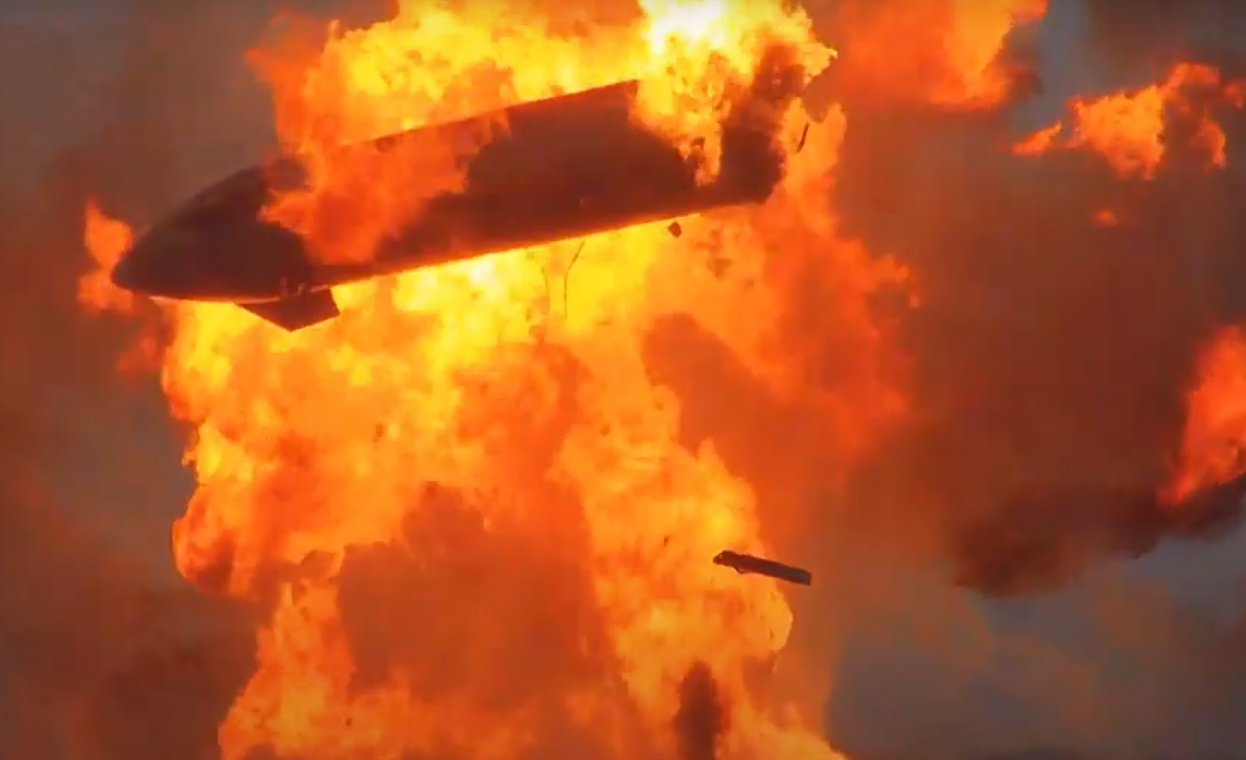 Does that count as a second launch?
Does that count as a second launch?
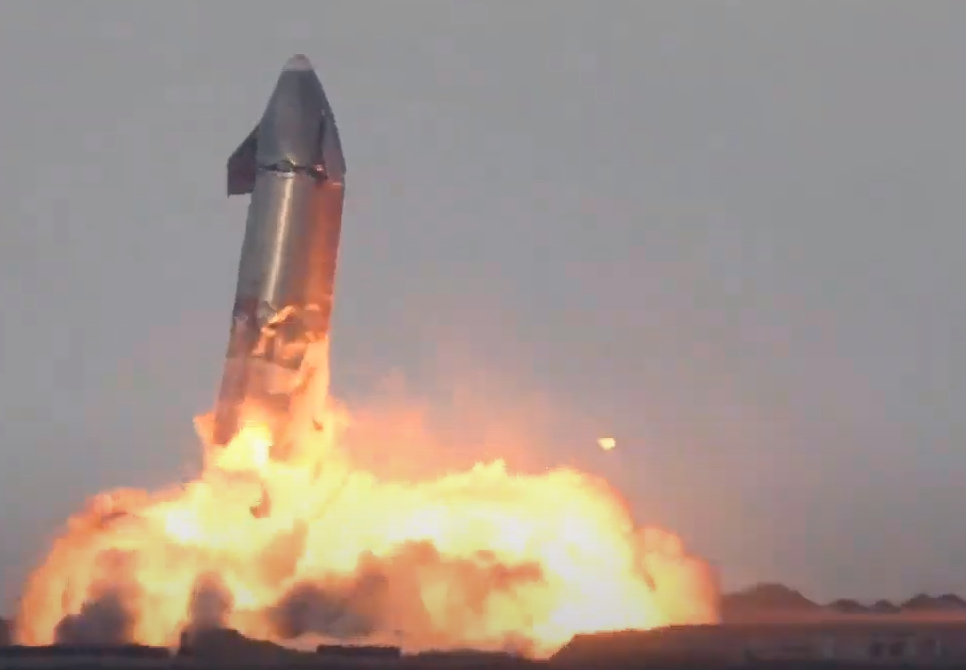
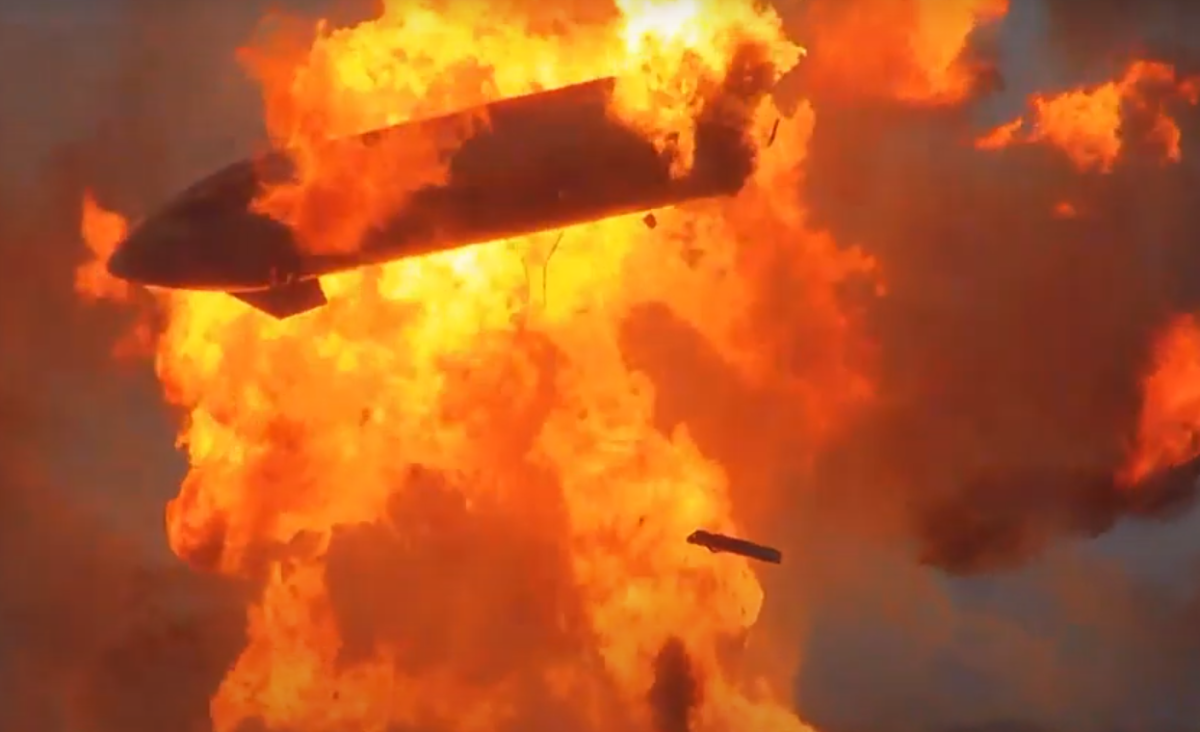

 Does that count as a second launch?
Does that count as a second launch?

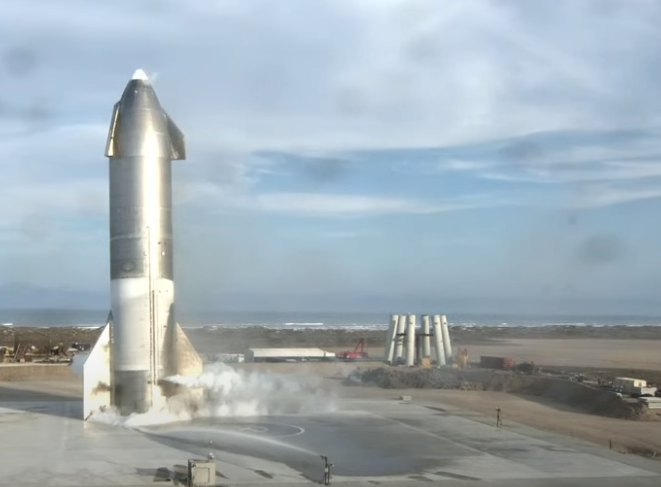
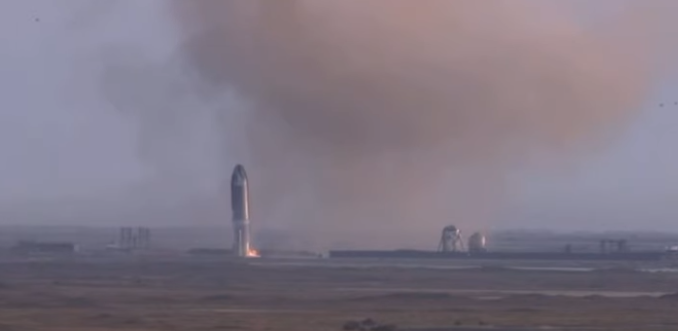
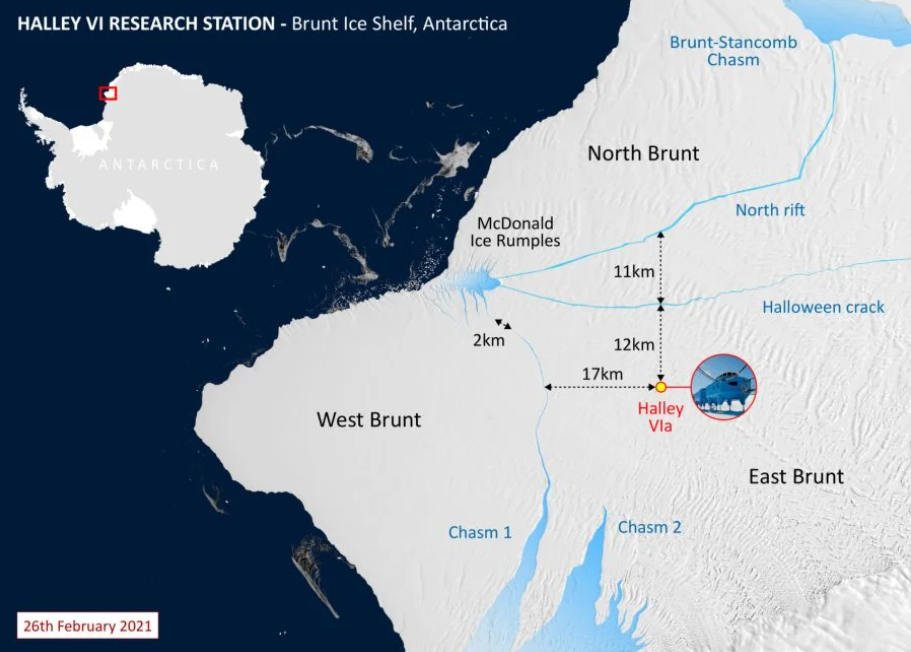
Greenpeace has also created a ‘boulder barrier’ to stop harmful bottom-trawling in a 47 square mile area of the North Sea.
As it happened: Greenpeace blocks destructive fishing in the North Sea
New research establishes that existing deep-sea fibre can be used to detect earthquakes and possibly tsunamis with no additional hardware. On land, all sorts of disturbances, such as changes in temperature and even lightning strikes, can change the polarization of light traveling through fiber optic cables.
The temperature in the deep ocean remains nearly constant. However, during earthquakes and when storms produce large ocean waves, the polarization changes suddenly and dramatically, allowing the researchers to easily identify such events in the data.
Currently, when earthquakes occur miles offshore, it can take minutes for the seismic waves to reach land-based seismometers and even longer for any tsunami waves to be verified. This new research allows the entire length of a submarine cable to act as a single sensor. Polarization can be measured as often as 20 times per second. That means that if an earthquake strikes close to a particular area, a warning could be delivered to the potentially affected areas within a matter of seconds.
via Using deep-sea fiber optic cables to detect earthquakes.
Pilots lost consciousness after pulling too many G’s. The Automatic Ground Collision Avoidance System saved them. Pilots often lose consciousness and train for this.